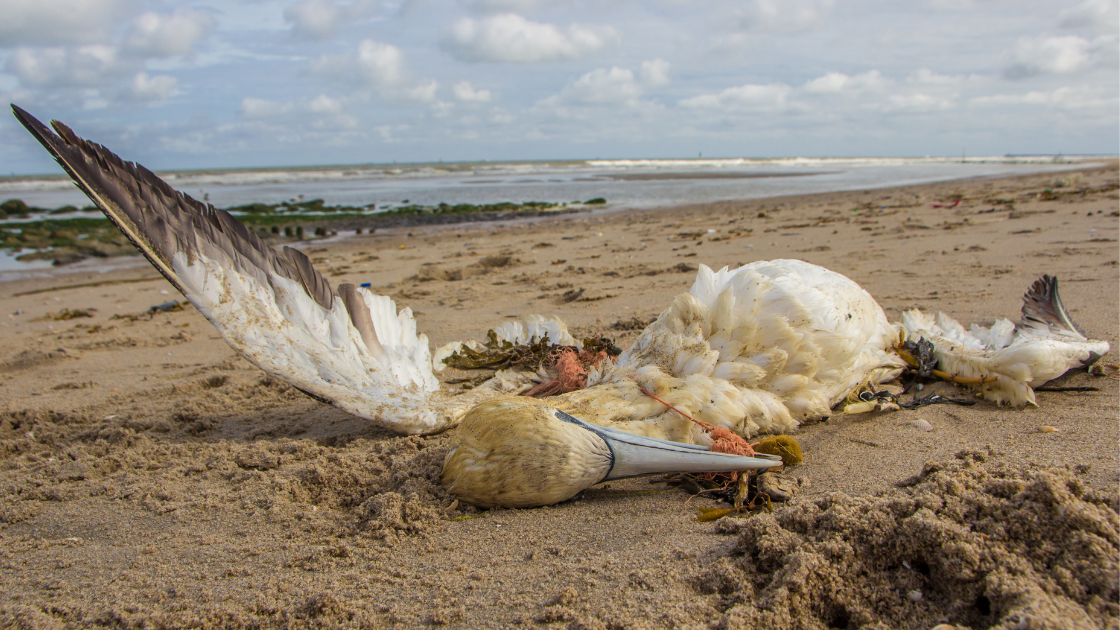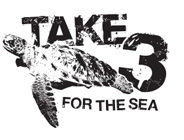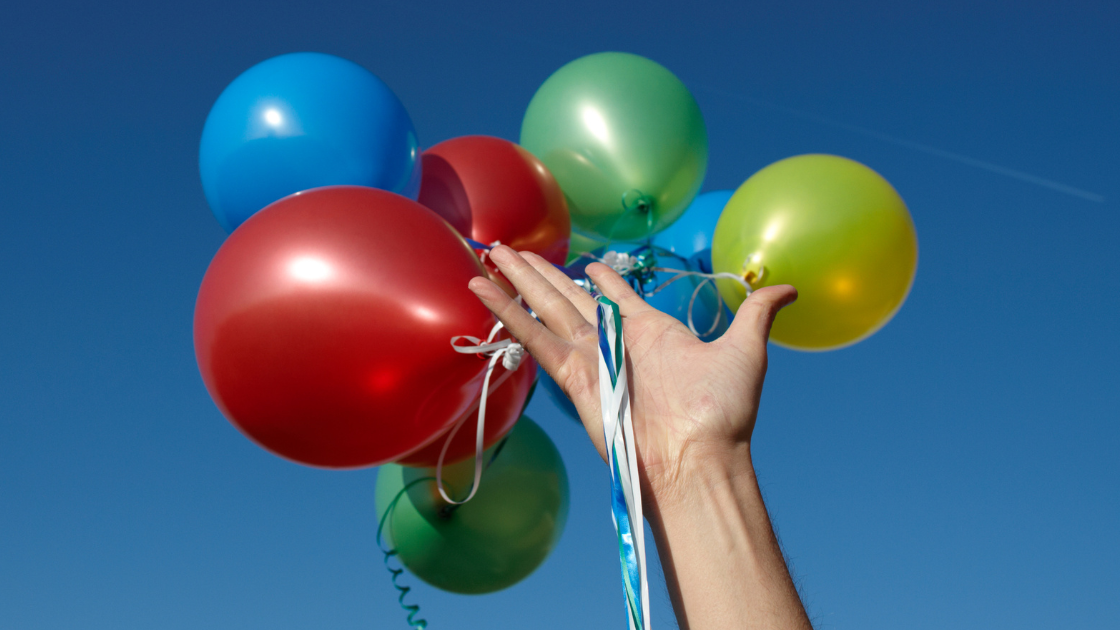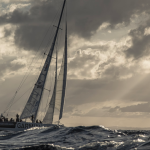Let’s pop the balloon-release habit!
For years, balloons have been synonymous with celebrations and commemorations. We see them at children’s birthday parties, graduations and weddings. We release helium-filled balloons into the air at sporting events and memorials, without a thought about what happens to the balloons once they float out of sight. However, a number of recent studies have shown that balloons are a silent killer of marine wildlife and the time has come to reconsider our use of them, especially in coastal areas.
A 2019 collaborative study by researchers at the Institute for Marine and Antarctic Studies at the University of Tasmania (IMAS) and CSIRO (Commonwealth Scientific and Industrial Research Organisation) have found that balloons are the most dangerous type of plastic waste for seabirds. The study showed that balloons are 32 times more likely to kill seabirds when ingested than hard plastic. Although most waste eaten by sea animals is hard plastic, it is far less likely to kill than soft plastics such as balloons. This is because hard plastic fragments can pass quickly through the gut while soft plastics are more likely to become stuck and cause fatal obstructions. The report’s authors were quick to point out that their findings did not imply that hard plastics don’t pose a danger to sea animals. As the study’s lead Dr Lauren Roman said, “While hard plastics are less likely to kill than soft plastics, they were still responsible for more than half of the seabird deaths identified in our study.”

Balloons are 32 times more likely to kill seabirds when ingested than hard plastic
Some balloon manufacturers claim that their balloons are biodegradable and that they quickly breakdown in natural conditions. But a study highlighted by Clean up Australia found that after 16 weeks in freshwater, saltwater and in industrial compost conditions, balloons did not degrade, despite manufacturers’ assertions to the contrary. Instead, they persist in the environment far longer than we think, continuing to present a risk to wildlife.
Are you worried about the impact of balloons on marine life? If so, here are a few suggestions for action you can take to reduce the number of balloons ending up in the ocean:
- Encourage your family and friends not to release balloons near the coast or inland waterways. There are plenty of other ways to celebrate or commemorate without using balloons. You can use paper banners, pin wheels, streamers, kites or even bubble machines. To commemorate a person or event, you can light candles, sing a song or plant a tree.
- Join a group. Follow the group No Balloon Release Australia on Facebook. Or try searching Instagram or Facebook for a local community group working to reduce balloon and other plastic waste near you.
- Lobby your local or state government to add balloons to their list of already-banned single-use plastic items.
- Ask your local surf club, sports club or RSL to ban balloons on their premises
- Sign this petition by the Australian Marine Conservation Society calling on state governments to ban balloon releases and limit the sale of helium to industry professional (who are required to manage balloon waste responsibly).
We encourage everyone to continue to celebrate all the happy events in life, and sometimes the sad ones too, but let’s just do it without balloons.




